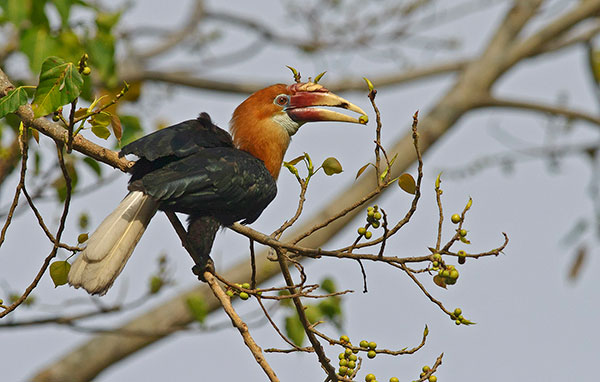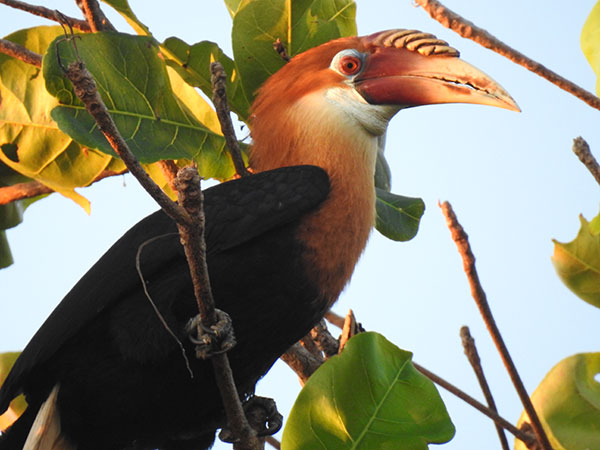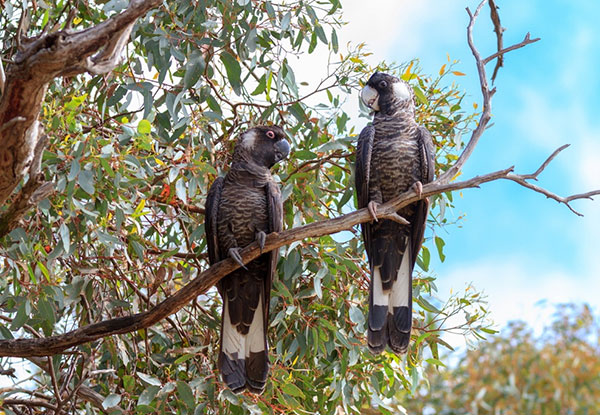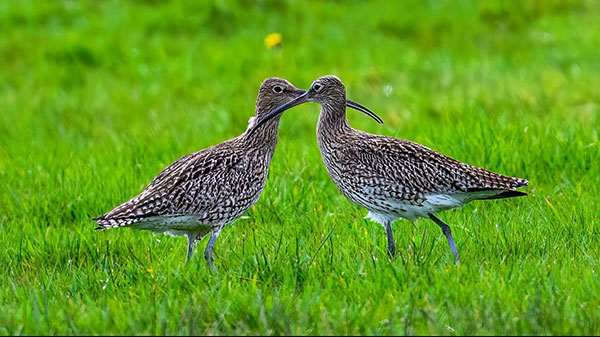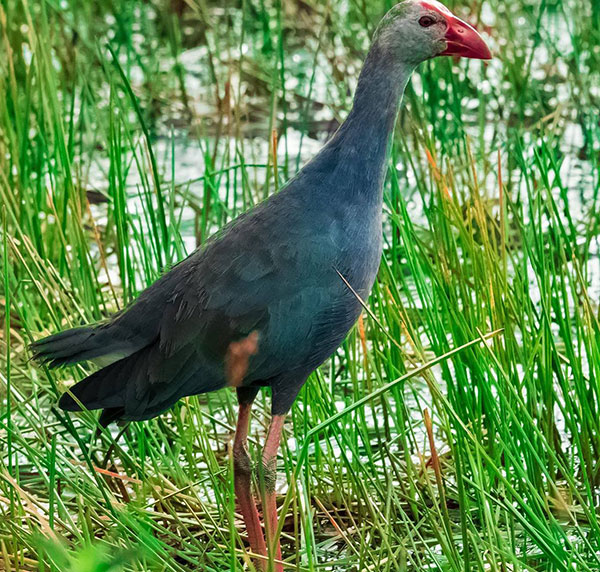
Bird Watching in Andaman
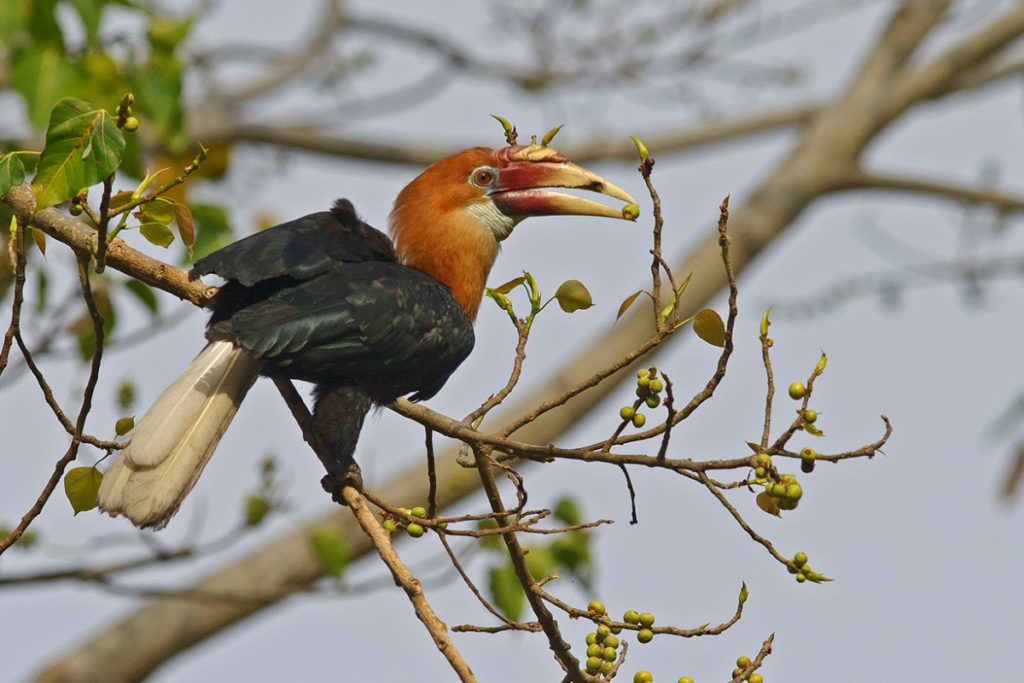
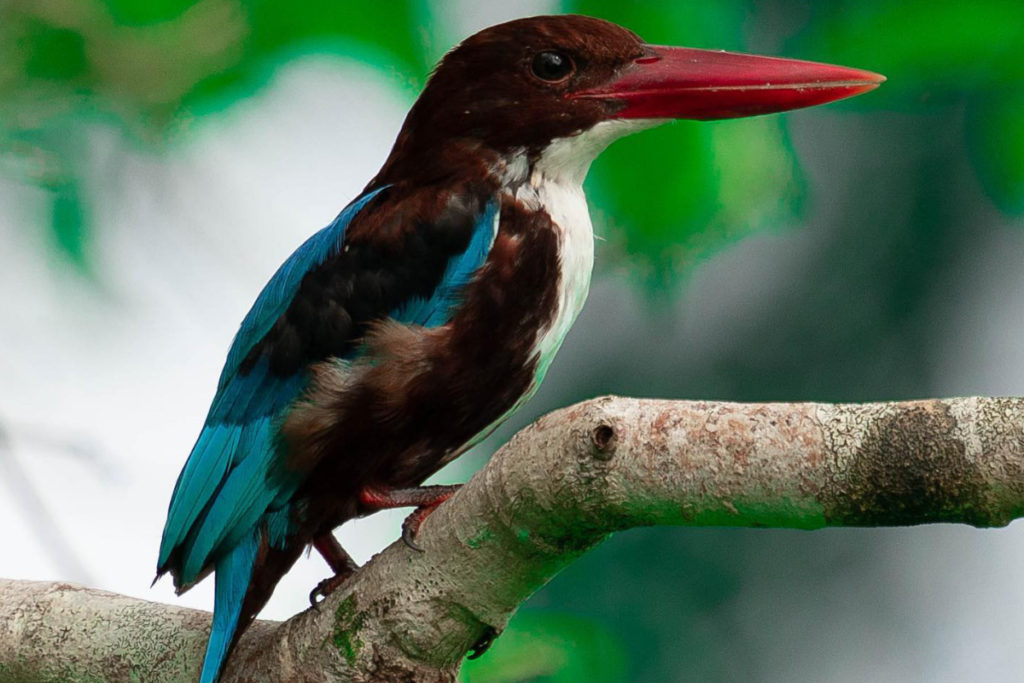
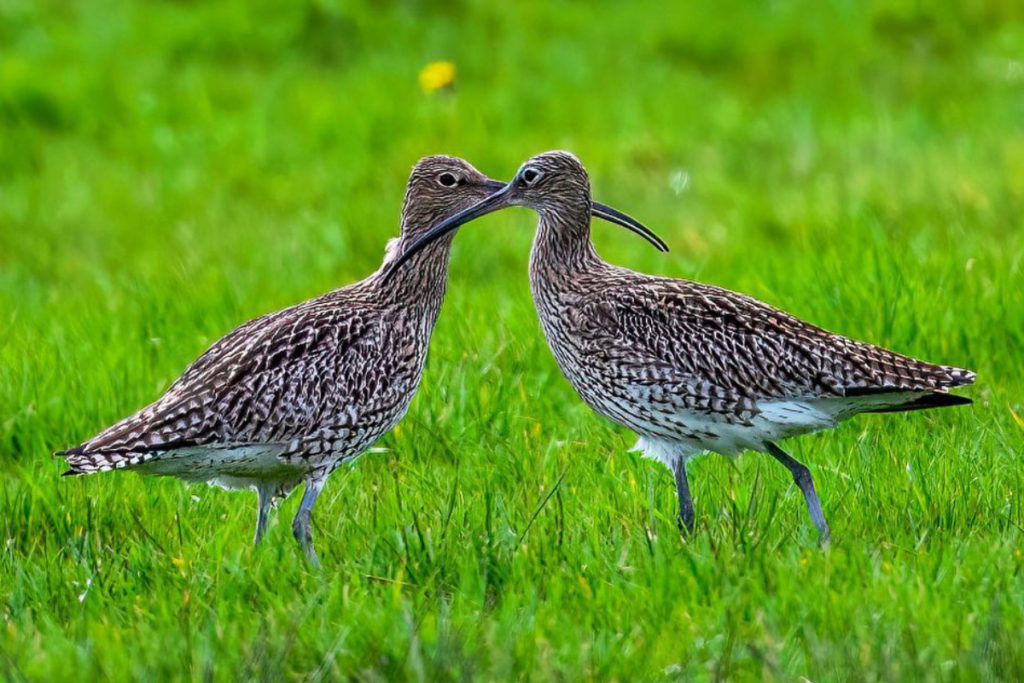
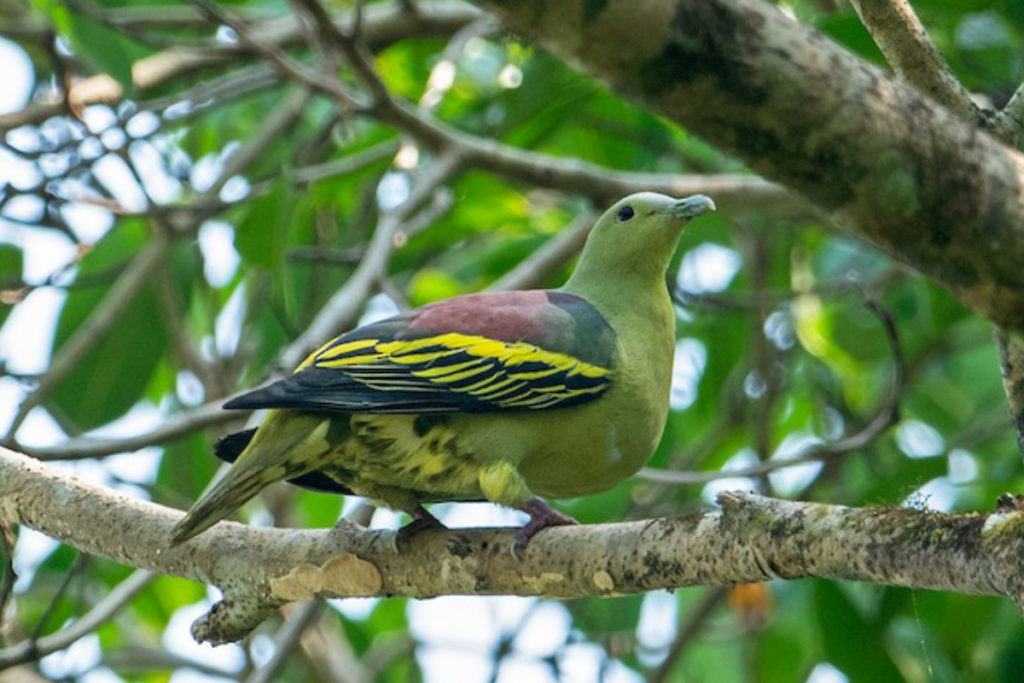
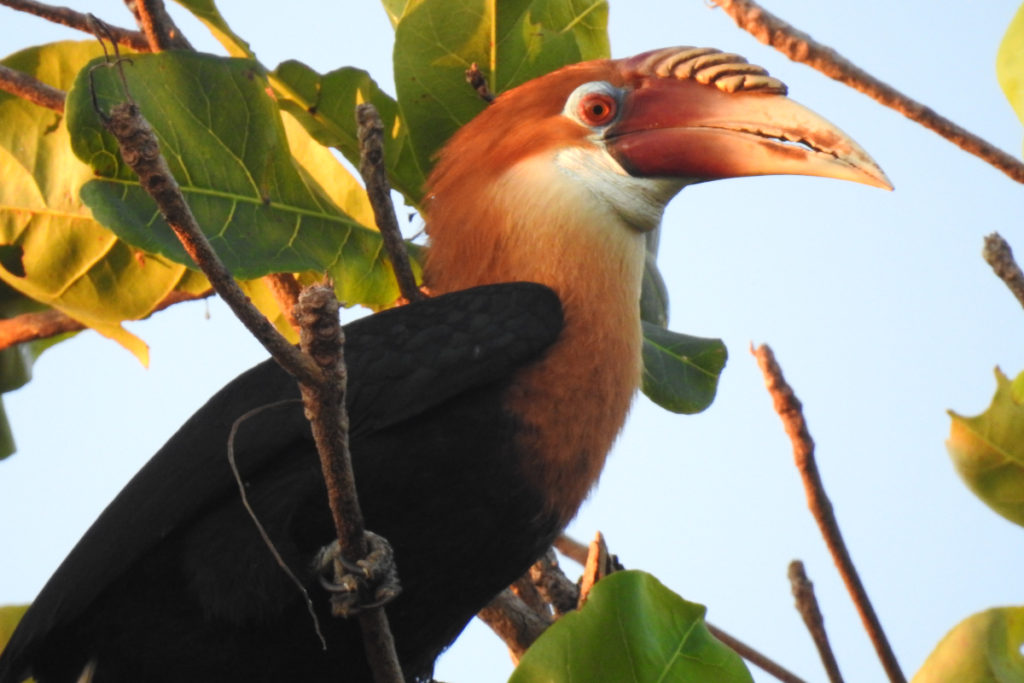
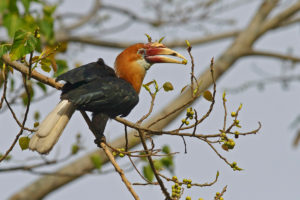
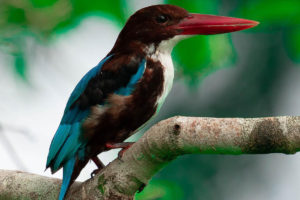
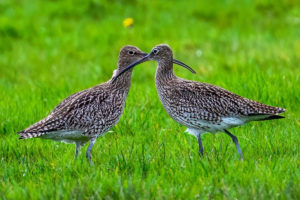
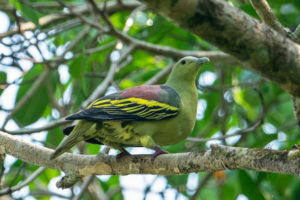
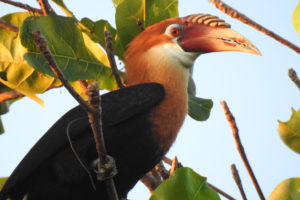
Bird Watching in Andaman
DESCRIPTIONS
Bird watching in the Andaman Islands is a captivating experience for nature enthusiasts and ornithologists alike. This archipelago, located in the Bay of Bengal, is renowned for its diverse ecosystem, pristine beaches, and lush tropical forests, making it a haven for numerous bird species. With its unique geographical location, the Andaman Islands serve as an important stopover point for migratory birds, attracting a wide range of avian visitors throughout the year.
The Andaman Islands boast a rich avifauna, with over 270 species of birds recorded. From colorful tropical birds to endemic species found nowhere else on Earth, bird watchers can expect to encounter a fascinating array of feathered creatures during their explorations. Some of the most sought-after avian species in the Andamans include the Andaman woodpecker, Andaman serpent eagle, Andaman coucal, Andaman crake, and Andaman drongo.
The dense forests and mangroves of the Andamans provide an ideal habitat for a variety of bird species. Exploring the Havelock Island, Mount Harriet National Park, Chidiya Tapu, and Saddle Peak National Park offers fantastic opportunities for bird watching. The mangrove ecosystems of Wandoor and Baratang Island are also excellent locations to spot wetland and shorebird species, including herons, egrets, kingfishers, and waders.
One of the highlights of bird watching in the Andamans is the chance to witness the spectacular sight of migratory birds. These birds travel great distances, making pit stops in the islands during their long journeys. Many of these migratory species can be seen between November and April, including the majestic Oriental pied hornbill, Eurasian spoonbill, and various species of waterfowl.
To make the most of your bird watching adventure in the Andaman Islands, it is advisable to hire a knowledgeable local guide who can navigate the terrain and help identify different bird species. They can take you to the best locations, provide valuable insights, and enhance your overall experience.
As you immerse yourself in the beauty of the Andamans, it is essential to practice responsible bird watching. Respecting the natural habitats, maintaining a safe distance from the birds, and refraining from disturbing their natural behaviors are crucial for the conservation of these fragile ecosystems.
Overall, bird watching in the Andaman Islands offers a captivating and rewarding experience for nature lovers. The islands’ diverse avifauna, stunning landscapes, and peaceful surroundings make it a truly memorable destination for bird enthusiasts, where one can discover and appreciate the incredible diversity of birdlife that the region has to offer.
LIST OF BIRDS THAT MAKE BIRDING IN THE ANDAMAN
That’s an impressive list of birds that make birding in the Andaman Islands unique and rewarding! You can expect to have a diverse and fulfilling birding experience with such a variety of species. Here are some additional details about the birds you mentioned:
Here is a list of 16 bird species endemic to the Andaman Islands:
- Andaman Serpent-eagle (Spilornis elgini)
- Andaman Crake (Rallina canningi)
- Brown Coucal (Centropus andamanensis)
- Andaman Scops Owl (Otus balli)
- Hume’s Boobook (Ninox balli)
- Andaman Barn Owl (Tyto alba)
- Andaman Nightjar (Caprimulgus andamanicus)
- Narcondam Hornbill (Aceros narcondami)
- Andaman Woodpecker (Dryocopus hodgei)
- Andaman Drongo (Dicrurus andamanensis)
- Andaman Treepie (Dendrocitta bayleyi)
- Andaman Shama (Copsychus albiventris)
- Andaman Cuckooshrike (Coracina dobsoni)
- Andaman Flowerpecker (Dicaeum virescens)
- Andaman Cuckoo-dove (Macropygia rufipennis)
- White-headed Starling (Sturnia erythropygia)
Additionally, here are 8 bird species endemic to the Nicobar Islands:
- Nicobar Scrubfowl (Megapodius nicobariensis)
- Nicobar Imperial-pigeon (Ducula nicobarica)
- South Nicobar Serpent-eagle (Spilornis minimus)
- Nicobar Sparrowhawk (Accipiter butleri)
- Nicobar Scops Owl (Otus alius)
- Nicobar Parakeet (Psittacula caniceps)
- Nicobar Bulbul (Hypsipetes nicobariensis)
- Nicobar Jungle Flycatcher (Cyornis nicobaricus)
- Lastly, there are 5 bird species endemic to both the Andaman and Nicobar Islands:
- Andaman Woodpigeon (Columba palumboides)
- Andaman Green Pigeon (Treron chloropterus)
- Andaman Cuckoo-dove (Macropygia rufipennis)
- Andaman Boobook (Ninox affinis)
- White-headed Starling (Sturnia erythropygia)
RESIDENT SPECIES:
- Olive-backed Sunbird
- Long-tailed Parakeet
- White-breasted Woodswallow
- Pacific Swallow
- Freckle-breasted Woodpecker
- Plume-toed Swiftlet
- Walden’s Scops Owl
- Ruddy Kingfisher
MIGRATORY SPECIES:
- Chinese Egret
- Violet Cuckoo
- Himalayan Cuckoo
- Ashy Minivet
- Dusky Warbler
- Arctic Warbler
- Curlew Sandpiper
- Broad-billed Sandpiper
- Red-necked Stint
- Yellow Bittern
- Cinnamon Bittern
- Red-throated Pipit
With such a diverse range of endemic, resident, and migratory bird species, your birding tour in the Andaman Islands promises to be an exciting and rewarding experience!
BEST PLACE FOR BIRDING IN ANDAMAN
The Andaman Islands offer a plethora of excellent places for birding. Here are some of the best places for birdwatching in the Andamans:
- Chidiya Tapu: Known as the “Bird Island,” Chidiya Tapu is a renowned destination for birding. Its lush forests, mangroves, and beach area attract a variety of avian species, including Andaman drongo, Andaman woodpecker, Andaman serpent eagle, and more.
- Sippighat: Located near Port Blair, Sippighat is another fantastic spot for birdwatching. It is home to diverse birdlife, and you can spot species like Andaman woodpecker, Andaman treepie, Andaman coucal, and various kingfishers.
- Mount Harriet – Mount Harriet National Park: Situated on the third highest peak in the Andamans, Mount Harriet National Park is a haven for birdwatchers. Its dense forests harbor several endemic species, including Andaman crake, Andaman treepie, Andaman wood pigeon, and Andaman coucal.
- Wandoor – Mahatma Gandhi Marine National Park: While primarily known for its marine biodiversity, Wandoor also offers excellent bird watching opportunities. The mangrove ecosystems attract a variety of wetland and shorebird species, including herons, egrets, kingfishers, and waders.
- Farar Ganj – Shoal Bay: Farar Ganj, situated in the northern part of Middle Andaman, provides access to Shoal Bay, a birding paradise. The area is home to a diverse range of avian species, including endemic birds such as Andaman wood pigeon and Andaman green pigeon.
- Havelock Islands: Besides its stunning beaches, Havelock Island offers fantastic bird watching opportunities. The island’s forests and coastal areas are home to endemic species like Andaman wood pigeon, Andaman green pigeon, Andaman cuckooshrike, and many others.
- Little Andaman Island: Located further south, Little Andaman Island is a lesser-explored gem for birding. The island’s rainforests house various bird species, including Andaman wood pigeon, Andaman crake, Andaman coucal, and Andaman scops owl.
- Baratang: Baratang Island is known for its unique limestone caves and mangrove forests. It is a great place for birdwatching, with opportunities to spot species like Andaman serpent eagle, Andaman crake, Andaman coucal, and Andaman drongo.
- Rangat: Rangat, located in Middle Andaman, is surrounded by forests and beaches that attract diverse bird species. Some birds you may encounter here include Andaman woodpecker, Andaman treepie, Andaman bulbul, and Andaman serpent eagle.
- Diglipur – Saddle Peak National Park: Situated in North Andaman, Diglipur is home to the Saddle Peak National Park, which is ideal for birdwatching. The park’s tropical rainforests are inhabited by species such as Andaman wood pigeon, Andaman drongo, Andaman coucal, and Andaman scops owl.
- Long Island: Long Island offers a tranquil setting for birding, with its serene beaches and dense forests. You can spot a variety of bird species here, including Andaman woodpecker, Andaman treepie, Andaman coucal, and Andaman drongo.
- Narcondam Island: Although relatively remote, Narcondam Island is worth mentioning for its endemic bird species. The Narcondam hornbill, found only on this island, is a significant draw for bird
- Nicrobar Island: Birding in Nicobar Island, part of the Andaman and Nicobar Islands in India, is a delightful experience for bird enthusiasts. The island is renowned for its endemic avian species, such as the Nicobar Megapode, Nicobar Pigeon, Nicobar Parakeet, Nicobar Scops Owl, and Nicobar Bulbul. With over 200 recorded species, including the Pied Imperial Pigeon, Black-naped Oriole, White-bellied Sea Eagle, and Andaman Serpent Eagle, the island offers a diverse range of birds to spot. Prime birding locations like Galathea National Park, Campbell Bay National Park, and Mount Harriet National Park are perfect for guided nature walks and treks. To make the most of your bird watching adventure, bring binoculars, field guides, and cameras, and adhere to conservation guidelines to preserve the natural habitat. Remember to obtain the necessary permits and appreciate the island’s stunning landscapes and pristine beaches. Nicobar Island is not just a birding paradise, but a place of extraordinary natural beauty.
- Important Notice: Certain areas of Nicobar Island are restricted due to tribal reserves. Please consult local authorities for updated information on accessible birding areas. Respect the restrictions to preserve tribal culture and obtain permits from the appropriate authorities. Adhering to regulations ensures a respectful and enjoyable bird watching experience on Nicobar Island.
BEST SEASON FOR BIRDING IN ANDAMAN
The best season for birding in the Andaman Islands is between November and April. This period is considered the peak birding season due to several factors that make it ideal for spotting a wide variety of avian species.
During this time, the Andaman Islands serve as a vital stopover point for numerous migratory birds. Many species travel long distances, utilizing the islands as a resting and refueling site before continuing their journeys. These migratory birds add to the overall diversity of avifauna in the region, making it an excellent time for bird watchers to witness a range of species that are not typically found year-round.
The weather in the Andaman Islands during this period is also favorable for birding. The months between November and April constitute the dry season, characterized by pleasant temperatures, lower humidity levels, and minimal rainfall. The clear skies and moderate weather conditions make it easier to spot and observe birds in their natural habitats.
Additionally, the vegetation in the Andaman Islands flourishes during the dry season, attracting a plethora of bird species. The forests, mangroves, and coastal areas provide abundant food sources, nesting sites, and breeding grounds, making it an optimal time to observe various bird behaviors, including courtship displays, nesting activities, and feeding habits.
It is worth noting that specific months within this period may offer unique birding opportunities. For instance, November to December and February to March are particularly known for the arrival of migratory birds, while January is an excellent time for spotting endemic species.
It is advisable to plan your birding trips and seek guidance from local experts or experienced birdwatchers who are familiar with the Andaman Islands. They can provide insights into the best birding locations, recent bird sightings, and help maximize your chances of encountering a diverse range of avian species.
Overall, the period between November and April offers the best conditions for birding in the Andaman Islands, combining favorable weather, diverse bird populations, and the opportunity to witness migratory birds in their temporary haven.
TIPS FOR BIRDING IN ANDAMAN
Here are some tips for birding in the Andaman Islands:
- Obtain a Forest Permit: Before embarking on your birding adventure, ensure that you have obtained the necessary forest permit. These permits are typically required to access protected areas and national parks where birding is popular. Check with the local Forest Department or authorized agencies to obtain the permit and understand any specific regulations or restrictions.
- Dress Appropriately: When birding in the Andaman Islands, it is advisable to wear lightweight and breathable clothing suitable for the tropical climate. Opt for long-sleeved shirts and long pants to protect yourself from sunburn, insect bites, and scratches from vegetation. Choose earthy or muted colors to blend in with the natural surroundings and avoid bright or flashy attire that may startle or disturb the birds.
- Footwear and Accessories: Wear comfortable walking shoes or lightweight hiking boots that provide good grip and support. It is important to have sturdy footwear as you may be walking on uneven terrain or through dense vegetation. Don’t forget to bring a hat or cap to shield yourself from the sun and carry sunscreen and insect repellent for added protection.
- Birding Etiquette: Maintain a respectful distance from the birds and their habitats to avoid causing distress or disturbance. Use binoculars or a telephoto lens to observe birds closely without getting too close. Keep noise to a minimum and avoid sudden movements that could startle or scare away the birds. Be patient and allow the birds to behave naturally while you quietly observe and enjoy their presence.
- Safety Precautions: While exploring the Andaman Islands for birding, be aware of your surroundings and follow safety precautions. Stay on marked trails, especially in dense forests, to avoid getting lost. Carry a basic first aid kit, sufficient drinking water, and snacks for sustenance during your birding trips.
- Research the Avian Species: Familiarize yourself with the bird species found in the Andaman Islands. Look for field guides or online resources that provide information on the local birds, their habitats, and their behavior. This knowledge will enhance your birdwatching experience.
- Choose the Right Season: The best time for birding in the Andaman Islands is during the winter months from November to February when the weather is pleasant and many migratory birds visit the region. However, resident bird species can be observed throughout the year.
- Visit Birding Hotspots: The Andaman Islands offer several hotspots for bird watching. Chidiya Tapu, Mount Harriet National Park, Saddle Peak National Park, and Mahatma Gandhi Marine National Park are popular destinations known for their avian diversity.
- Hire a Local Guide: Consider hiring a local birding guide who is familiar with the area and can help you navigate the best locations for bird watching. They can also provide valuable insights into the behavior and identification of the bird species.
- Be Patient and Observant: Birding requires patience and keen observation. Take your time, move quietly, and listen for bird calls or songs. Look for movement in trees or on the ground, and use binoculars or a spotting scope to get a closer look at the birds.
- Respect the Environment: When birding in the Andaman Islands, it is essential to respect the environment and wildlife. Stay on designated trails, avoid disturbing nesting sites, and follow the principles of Leave No Trace. Do not feed or approach the birds closely, as it can disrupt their natural behavior.
- Be Prepared: Carry essential birding equipment such as binoculars, a field guide or birding app, a camera, and a notebook to record your observations. Dress comfortably, wear appropriate footwear, and bring water and snacks for longer birding trips.
- Enjoy the Island’s Natural Beauty: While birding, take the time to appreciate the stunning landscapes, pristine beaches, and other wildlife that the Andaman Islands offer. The islands are home to a diverse range of flora and fauna, so keep an eye out for other interesting species as well.
By following these tips, you can have a rewarding birding experience in the beautiful Andaman Islands while contributing to the conservation efforts of the region.
Frequently
Asked Questions
The winter months from November to February are generally considered the best time for birding in the Andaman Islands, as the weather is pleasant and many migratory bird species visit during this period. However, resident bird species can be observed throughout the year.
Yes, a forest permit is usually required to access protected areas and national parks where birding is popular. It is advisable to obtain the necessary permit from the local Forest Department or authorized agencies before your birding expedition.
Certain areas in the Andaman Islands may have restrictions or limited access due to tribal reserves or conservation efforts. It is important to check with local authorities and follow their guidelines regarding permitted birding areas and any specific regulations in place.
Yes, it is recommended to hire a local birding guide who is familiar with the area and can help you navigate the best locations for bird watching. A knowledgeable guide can enhance your birding experience by providing insights into the local avian species and their habitats.
It is advisable to wear lightweight and breathable clothing suitable for the tropical climate. Opt for long-sleeved shirts and long pants to protect yourself from sunburn, insect bites, and scratches from vegetation. Choose earthy or muted colors to blend in with the natural surroundings and avoid bright or flashy attire that may disturb the birds.
Essential equipment for birding includes binoculars or a spotting scope, a field guide or birding app for species identification, a camera for capturing bird sightings, a notebook for recording observations, sunscreen, insect repellent, and sufficient drinking water.
You can contribute to bird conservation by following ethical birding practices, respecting the environment and the birds’ natural habitats, and adhering to local regulations. Additionally, supporting local conservation initiatives or organizations can help in the long-term preservation of bird species and their habitats.


